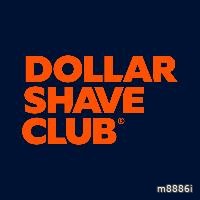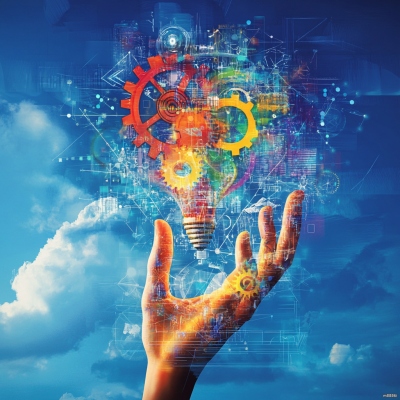7 Business Models Set to Change the Game in 2025
Introduction: As we look ahead to 2025, one thing is clear: business isn’t what it used to be. In an age where innovation is everywhere, traditional models are being reshaped or replaced by fresh, forward-thinking approaches. These emerging models are paving the way for businesses to not only survive but thrive. Here’s a rundown of seven game-changing business models that could inspire your own path to growth and relevance in 2025.
1. Subscription-Based Models: The New Customer Loyalty Formula
Examples: Dollar Shave Club, Netflix


Subscription services are becoming the backbone of everything from our entertainment to everyday essentials. This model isn’t just about recurring payments – it’s about creating a steady, predictable revenue stream while keeping customers coming back for more. When people subscribe to a service, they’re investing in a relationship with your brand. Imagine offering something so valuable and consistent that your customers don’t want to miss a single month!
Why It Works:
It builds customer loyalty and trust over time, while ensuring that your business enjoys stable income.
2. Platform Models: Powering Connections Without Owning the Assets
Examples: Airbnb, Upwork


Platforms aren’t just tech giants; they’re facilitators of relationships. Platforms like Airbnb don’t own hotels, yet they’re one of the biggest players in the travel industry. By connecting service providers with users, platforms offer value through accessibility and convenience without owning the resources themselves. This model is booming in the gig economy and beyond, providing flexible options for users and a scalable business structure for you.
Why It Works:
It scales quickly and leverages network effects, driving value with minimal assets.
3. On-Demand Economy: Meeting Needs at the Click of a Button
Examples: Uber, DoorDash


The on-demand model is about instant satisfaction. Imagine being able to access services exactly when you need them. Companies like Uber and DoorDash have set a high standard for this model, meeting customers’ needs for convenience. This approach caters to today’s fast-paced lifestyle and is driven by mobile technology that’s constantly at our fingertips.
Why It Works:
It fosters high customer satisfaction by being responsive and available in real time.
4. Freemium Models: Hooking Users with a Taste of Premium
Examples: Spotify, LinkedIn


The freemium model offers a free version of a service that’s useful but has room for premium features. It’s all about letting users try something they’ll love, and encouraging them to upgrade to unlock the full experience. This works especially well for digital platforms, where the free version can showcase value while enticing users to pay for those extra perks.
Why It Works:
It attracts a large user base with low entry barriers and offers potential for high conversions to paid plans.
5. Crowdsourcing Models: Letting the Community Pitch In
Examples: Kickstarter, GoFundMe


Imagine bringing your community into your project’s journey, allowing them to invest, contribute ideas, or help bring your vision to life. Crowdsourcing leverages the power of community, giving creators access to funds or resources they might not otherwise have. Whether you’re a startup, a non-profit, or just a creative soul, this model is a fantastic way to validate ideas and gain support.
Why It Works:
It helps creators overcome financial and resource barriers, while getting buy-in from early adopters.
6. Circular Economy Models: Turning Sustainability into Success
Examples: Patagonia’s Worn Wear Program

The circular economy model is about keeping resources in use as long as possible – think recycling, reusing, and repairing. Companies like Patagonia are leaders in this space, offering customers the chance to trade in used items or buy refurbished ones. This model taps into growing consumer demand for sustainable options, and it doesn’t just benefit the planet – it creates loyal, values-driven customers.
Why It Works:
It attracts eco-conscious consumers while aligning with sustainability goals, turning waste into value.
7. Hyper-Personalized Services: Treating Each Customer Like They’re One of a Kind
Examples: Netflix, Amazon


Personalization is no longer optional; it’s expected. Companies like Netflix and Amazon leverage data to give each user a unique experience. Using AI to analyze preferences, they can recommend products or content tailored just for you. This model is particularly powerful in retail, entertainment, and digital services, where customization leads to higher engagement and satisfaction.
Why It Works:
It connects with customers on a personal level, building loyalty through relevant recommendations.
Final Thoughts:
These business models represent more than just trends – they’re reflections of our changing world and the evolving needs of customers. By exploring one (or a combination!) of these models, your business could gain a competitive edge, meet customer expectations, and stay relevant in 2025 and beyond. Consider which approach might align best with your brand, and start planning your strategy to embrace the future of business.









